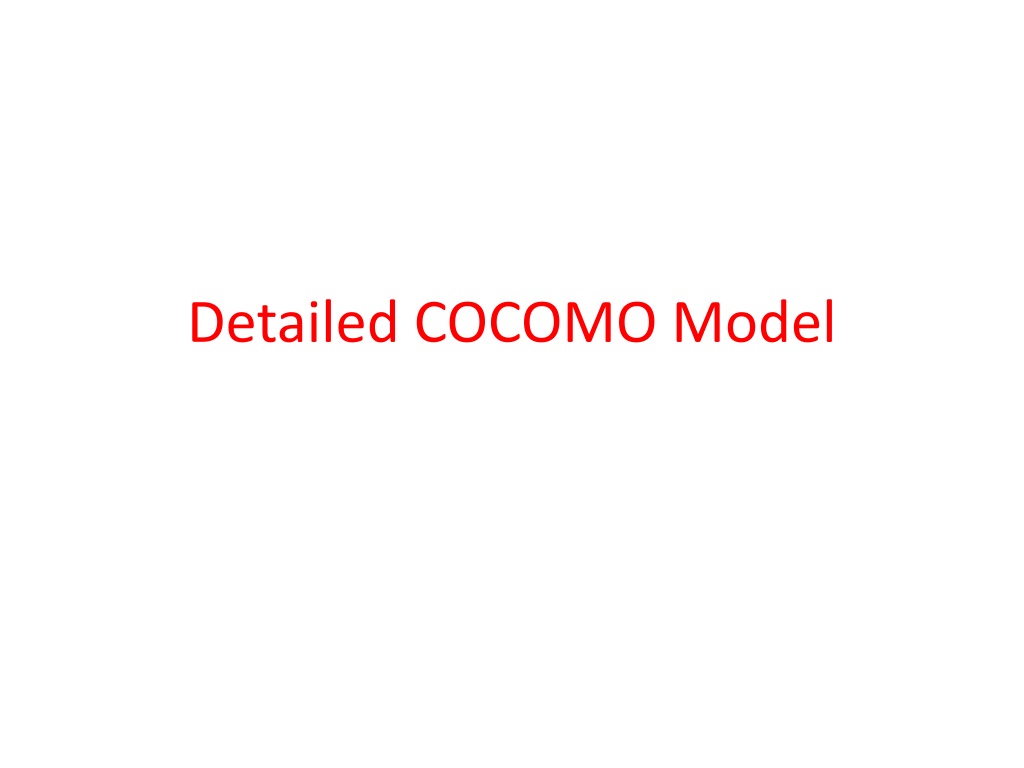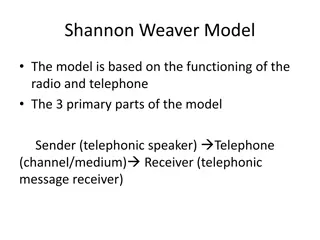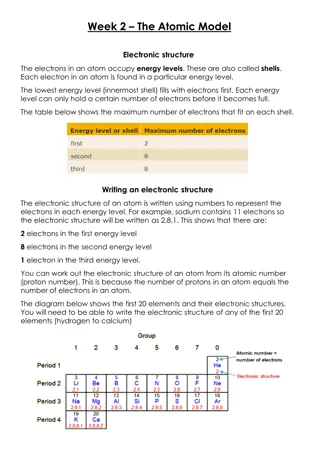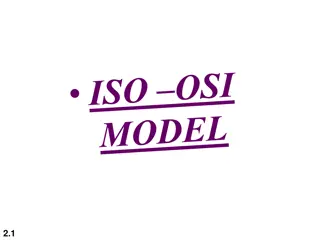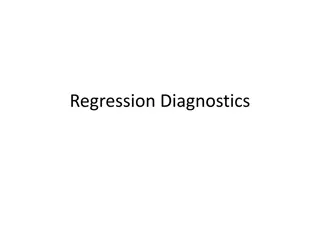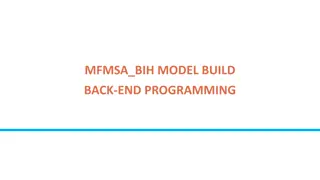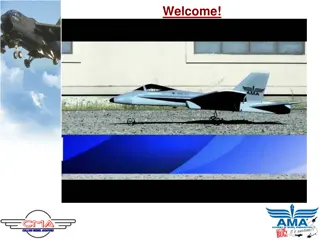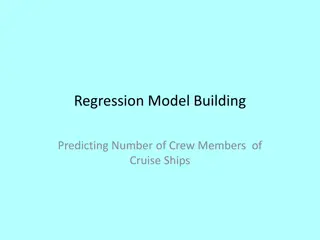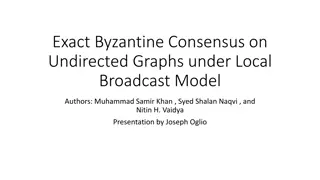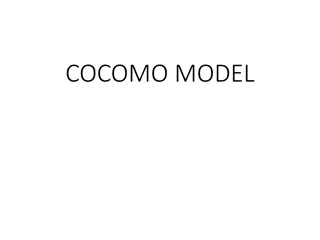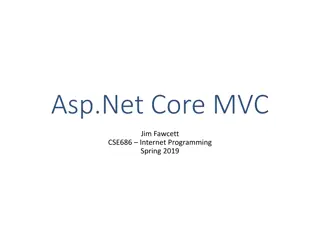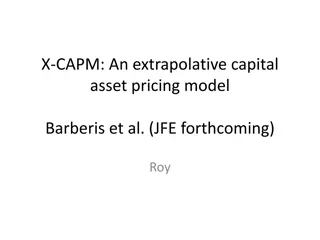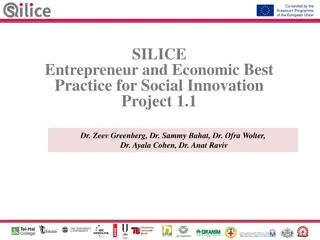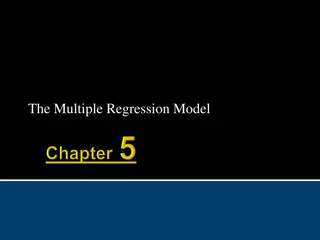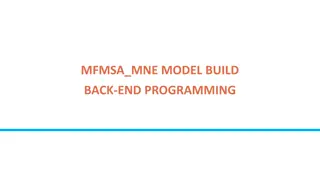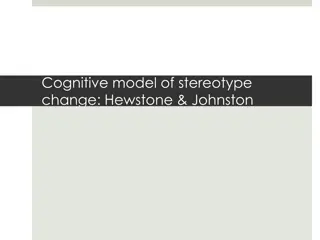Detailed COCOMO Model
COCOMO (Constructive Cost Model) is a detailed software cost estimation model that helps project managers assess resources, schedule, and budget. It provides a systematic approach to forecasting the effort and time required for a software project. The model takes into account various factors such as project size, complexity, and team experience to provide accurate estimates. Understanding and implementing the COCOMO model can improve project planning and increase the likelihood of successful project completion.
Download Presentation

Please find below an Image/Link to download the presentation.
The content on the website is provided AS IS for your information and personal use only. It may not be sold, licensed, or shared on other websites without obtaining consent from the author.If you encounter any issues during the download, it is possible that the publisher has removed the file from their server.
You are allowed to download the files provided on this website for personal or commercial use, subject to the condition that they are used lawfully. All files are the property of their respective owners.
The content on the website is provided AS IS for your information and personal use only. It may not be sold, licensed, or shared on other websites without obtaining consent from the author.
E N D
Presentation Transcript
Uses, same equations for estimation, as the intermediate model But detailed model can estimate the effort (E), duration & persons (P) Of each of development phases, subsystems, modules
Four phases used in detailed cocomo model are 1. Requirement Planning & Product Design (RPD) 2. Detailed Design (DD) 3. Code & Unit Test 4. Integrate & Test
The effort multipliers for detailed COCOMO are Using these detailed cost drivers, an estimate is determined for each phase of the lifecycle Phases Very Low Low Nominal High Very High RPD 1.8 0.85 1 0.75 0.55 DD 1.35 0.85 1 0.9 0.75 CUT 1.35 0.85 1 0.9 0.75 IT 1.5 1.2 1 0.85 0.7
Example 1 1. 2. 3. 4. 5. Consider a project to develop a full screen editor. The major components identified are Screen edit Command language interpreter File input and output Cursor movement Screen movement The sizes estimated are 4K, 2K, 1K, 2K and 3K delivered source lines of code. Use COCOMO model, to determine Overall cost and schedule estimates, assume effort adjustment factor (EAF) being 1.21
System design Detail design Module code and test Integration and test Effort 0.16 0.26 0.42 0.16 Time 0.19 0.24 0.39 0.18
Solution Size in KLOC can be 1. Screen edit = 4 KLOC 2. Command language interpreter = 2 KLOC 3. Final input & output = 1 KLOC 4. Cursor movement = 2 KLOC 5. Screen movement = 3 KLOC ------------------------------------------------- Total = 12 KLOC
The formula for effort calculation is E = Ai * (KLOC) ^ Bi * EAF person months For organic project Ai = 3.2 and Bi = 1.o5 EAF is given as 1.21 E = 3.2 * (12) ^ 1.05 * 1.21 = 43.48 * 1.21 = 52.61 person - months
Duration for completion of project can be calculated using following formula D = Cb * (E) ^ Db months Cb = 2.5 and Db = 0.38 D = 2.5 * (52.61) ^ 0.38 = 11.27 months
Effort and schedule estimation for different phases 1. System design = 0.16 * 25.61 = 8.41 PM 2. Detail design = 0.26 * 52.61 = 13.67 PM 3. Module code and test = 0.42 * 52.61 = 22.09 PM 4. Integration and test = 0.16 * 52.61 = 8.41 PM Schedule estimation 1. System design = 0.19 * 11.27 = 2.14 months 2. Detail design = 0.24 * 11.27 = 2.70 3. Module code and test = 0.39 * 11.27 = 4.395 4. Integration and test = 0.18 * 11.27 = 2.02
